Claws for thought: The world leading crustacean conservation charity that is saving our lobsters
The National Lobster Hatchery in Cornwall is fighting for the species' survival. But it could do with some help.
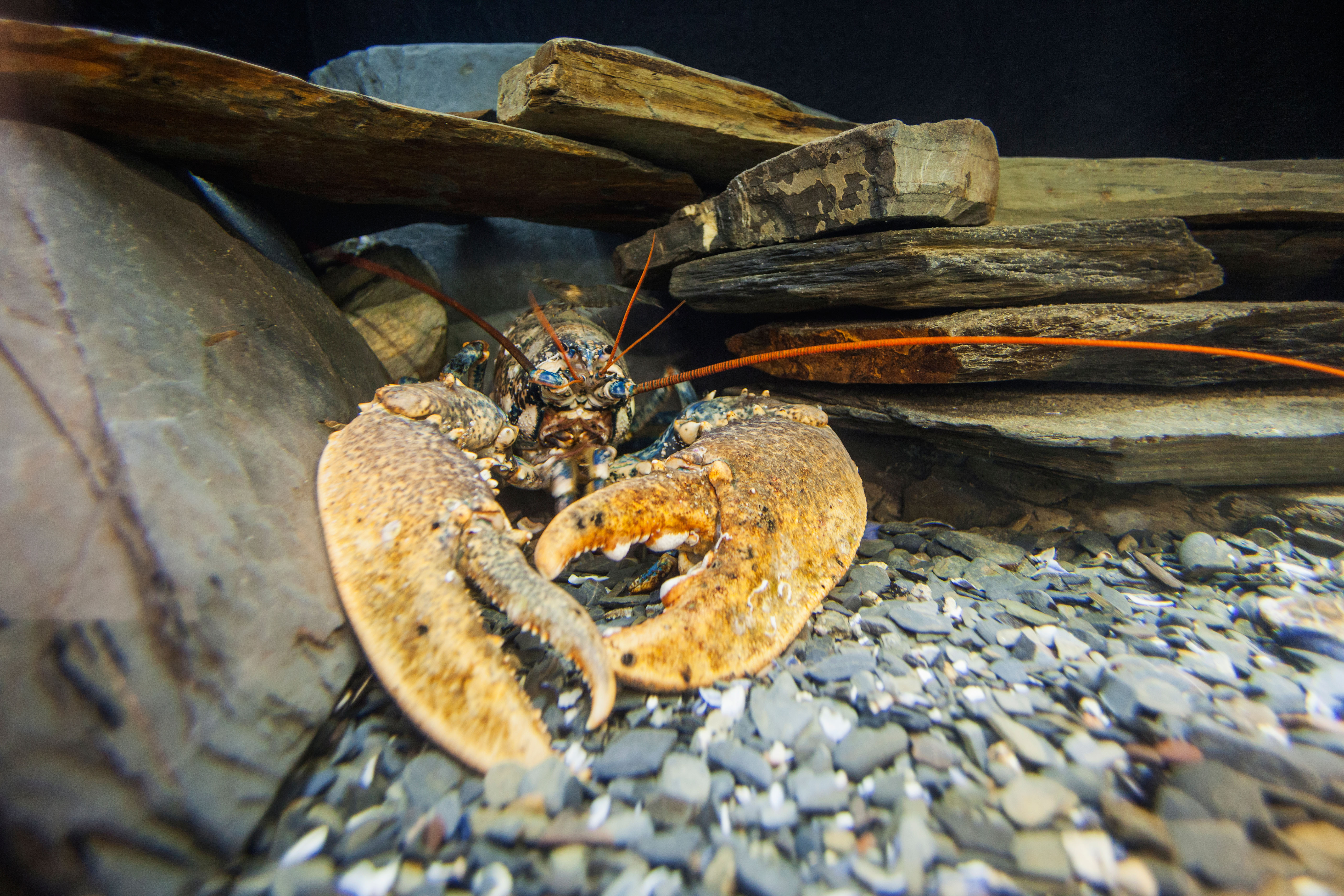

'I wouldn't call it glamorous work, but it is strangely satisfying,’ confesses zoologist Chris Weston, as he picks up a giant pipette — adapted from a modified turkey baster — and leans over a bubbling glass tank. Inside, hundreds of tiny, translucent specks are drifting around in the water. At first glance, they look like plankton, roughly the size of fennel seeds; but, on closer inspection, I realise each one is actually a tiny lobster, complete with claws, legs and miniature twitching tail.
‘These are our Stage Fours,’ Chris points out, before sucking one up into his over-sized pipette and decanting it from the tank into a celled release tray. ‘They’re about three to four weeks old by now, which is when they start to look like lobsters. Unfortunately, this is also when they tend to eat each other, so we have to stay on top of things. Otherwise, we’d have an empty tank by the end of the day.’
Founded in 2000 in the north Cornish port of Padstow, surrounded by foodie boutiques, bike-hire businesses and a working boatyard, the National Lobster Hatchery has become a world leader in crustacean conservation over the past 25 years. Since then, it has pioneered scientific research, hosted numerous PhD students, led education programmes and, most importantly, released about 500,000 juvenile lobsters back into the ocean — ultimately helping to ensure the long-term survival of Corn-wall’s population.
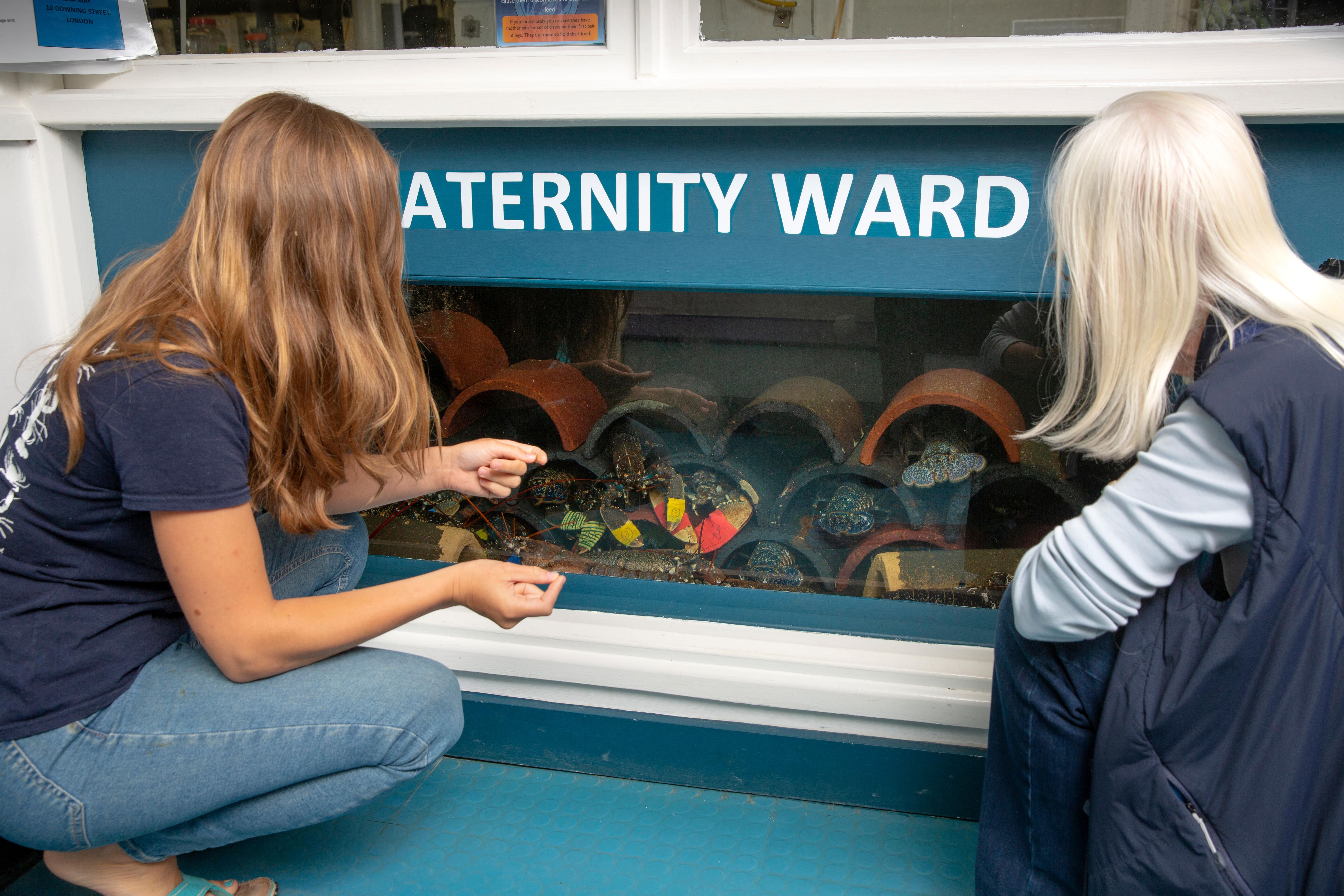
‘The UK is the Goldilocks zone for lobsters,’ explains Chris, who joined the Hatchery in 2017 and is now its senior technician and education officer. ‘We’re between the cold waters of Scandinavia and the warmer waters of southern Europe and our coastline is ideal lobster habitat, with lots of rocks and reefs for them to hide in.’
However, by the late 1970s and early 1980s, it was becoming evident that the UK’s lobster populations, echoing those across much of northern Europe, were in a bad way. Pollution, habitat loss and warming water temperatures were all thought to be factors in the decline, but it was obvious what the main culprit was: overfishing.
Although female lobsters, or hens, release thousands of eggs at a time, only about one in every 20,000 survive to adulthood. In addition, as lobsters are slow-growing, only reaching sexual maturity after about seven years, the extraction of large numbers of juvenile and breeding-age lobsters can have a calamitous effect on the overall population. Fears thus began to grow that the UK could be on the brink of a total collapse, akin to the one that devastated Scandinavian lobster fishing in the 1960s and 1970s.
Step forward local legend and lifelong fisherman Eddy Derriman. As Cornwall’s chief fisheries officer, he became a pioneer for change, organising much-needed scientific research and advocating for more sustainable fishing practices. Most importantly, he became the driving force behind the foundation of the National Lobster Hatchery, which opened in October 2000 on the site of a former fish-smoking warehouse on Padstow’s harbour wall. At the time, it was only the second facility of its kind in the UK (the first, the Orkney Lobster Hatchery, opened in 1985).
Exquisite houses, the beauty of Nature, and how to get the most from your life, straight to your inbox.
'In the best years, yields can be substantially higher: the hatchery’s record was 56,000 in a single year'
‘Most years, we release tens of thousands of juveniles,’ Chris continues, plucking an egg-bearing female (or ‘berried hen’) out of the tank to show me the black, caviar-like eggs clustered under its tail. In the best years, yields can be substantially higher: the hatchery’s record was 56,000 in a single year.
The growth process from egg to release-ready juvenile usually takes between six to 10 weeks. Every stage of the life cycle is closely monitored, from the chemical composition, temperature and pH of the water to the nutrients the lobsters are fed.
Releases take place several times a year at sites around the coasts of Cornwall and Devon, with local divers helping to target each one to specific locations to ensure maximum survival. Unfortunately, the fact that lobsters moult their shells several times as they mature makes it practically impossible to track how many ultimately reach adulthood.
However, based on catch data, research studies and anecdotal evidence, it’s become clear that the hatchery has played a crucial role in stabilising Cornwall’s lobster numbers. A close working relationship with lobster fishermen has also been a key part of this success; many skippers now bring berried hens direct to the hatchery for the eggs to be harvested and hatched.
A second hatchery facility is now up and running in Newlyn, based on a modular shipping container design that could easily be replicated elsewhere — but, as always, the challenge is funding. As a registered charity, the hatchery relies on donations, admission fees and research grants for its survival.
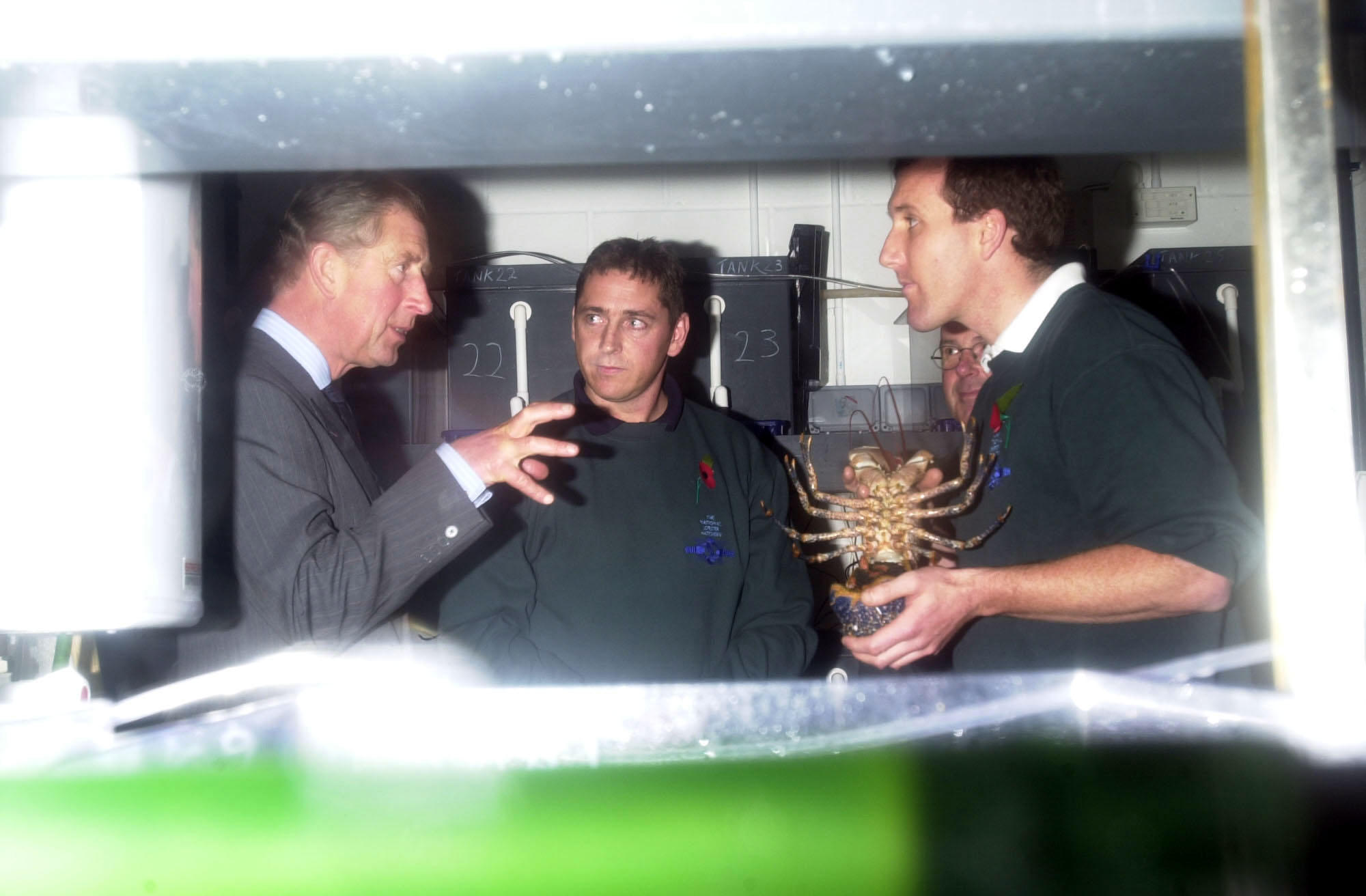
The then Prince of Wales admires a lobster on a tour of the facility in 2001.
To celebrate its 25th birthday, the hatchery is launching a new project this autumn, tentatively titled the Crab Lab and focusing on the European brown crab, which now appears to be suffering the same kind of population decline as the lobster endured more than four decades ago. It would be the first facility of its kind in the UK and, although many of the techniques are likely to be similar, the team believes there will be unexpected challenges. Most pressing of all is finding somewhere to put it. ‘The only space we have left is in our old disabled lavatory, which is about the size of a broom cupboard,’ laments Chris. ‘Hopefully, we’ll scale up as time goes by.’
For now, however, there’s more than enough work to keep the team busy: tanks to clean, pumps to check, water to be changed and, of course, hundreds of baby lobsters to feed. As the first visitors of the day arrive at the hatchery, I bid Chris farewell and step out onto Padstow’s harbour wall, breathing in the briny salt tang of the sea air.
Out in the Camel Estuary, framed against the sands of Daymer Bay, a boat is chugging back into port, its stern piled high with lobster pots. As I head into town in search of a coffee, I can’t help but wonder how many of the crustaceans on board might have begun their lives in one of the hatchery’s bubbling tanks.
Oliver Berry is a writer and photographer, specialising in travel, nature and the great outdoors. He has travelled to sixty-nine countries and five continents, and is still based in his native Cornwall. His work has been published by some of the world’s leading media organisations, including National Geographic, The Financial Times, Lonely Planet, the BBC, The Guardian, The Independent and The Times.
-
 What trees taught me about perfect planting — Alan Titchmarsh
What trees taught me about perfect planting — Alan TitchmarshSense and patience is key to growing healthy trees, as a certain Mr Mackenzie showed a young Alan Titchmarsh
-
 What on earth is the person who comes up with Annabel's otherworldly facade displays on? London's most magical Christmas shop displays
What on earth is the person who comes up with Annabel's otherworldly facade displays on? London's most magical Christmas shop displaysPhotographs by Greg Funnell.
-
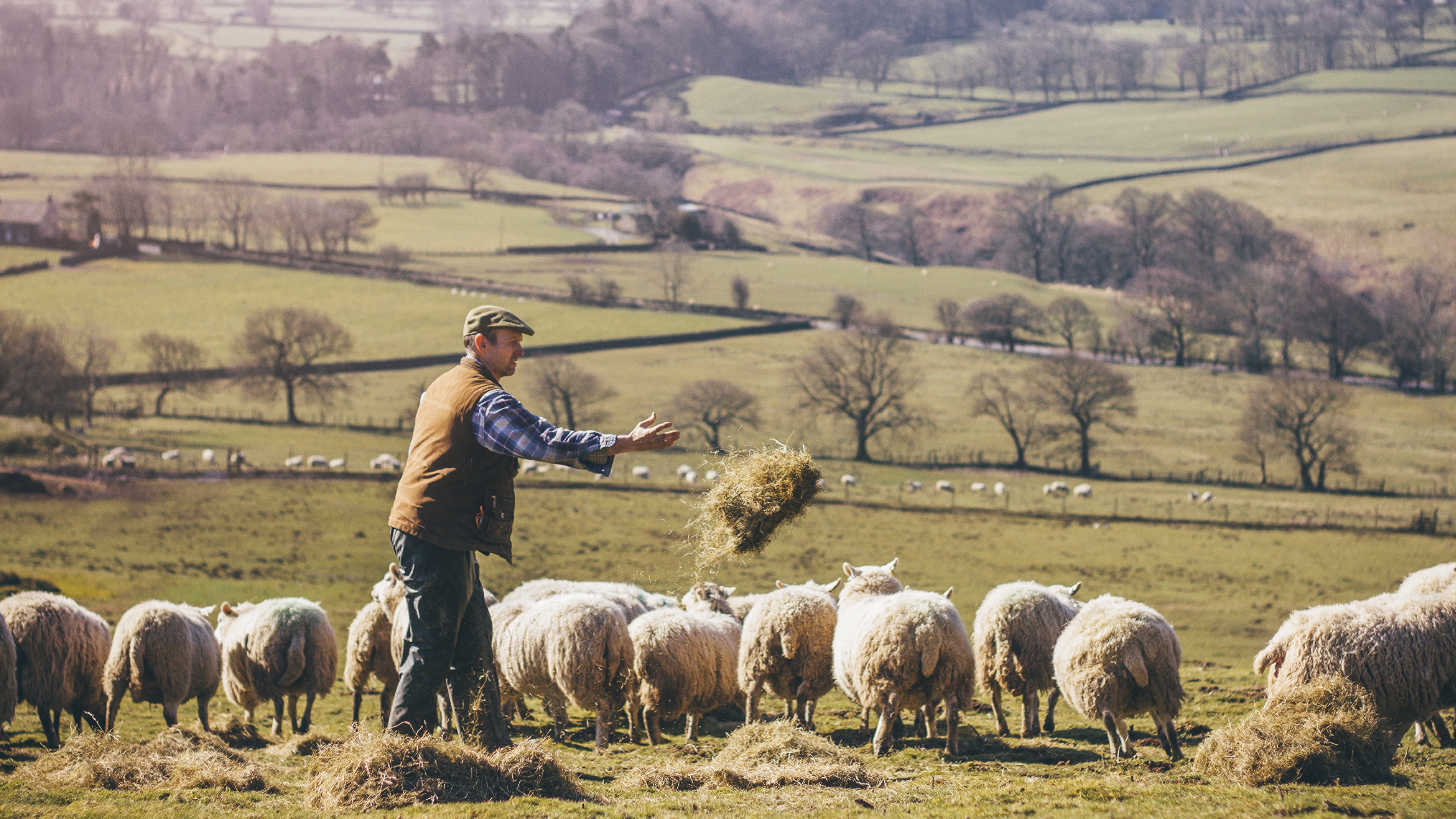 I was Jeremy Hunt’s main political adviser and helped put together multiple Autumn Statements and Budgets. This is what I think Rachel Reeves’s Budget means for the countryside
I was Jeremy Hunt’s main political adviser and helped put together multiple Autumn Statements and Budgets. This is what I think Rachel Reeves’s Budget means for the countrysideAdam Smith, former chief of staff to the Chancellor of the Exchequer, reflects on what last week's Budget means for the countryside and how we ensure the rural voice is heard loudly inside Budget preparations.
-
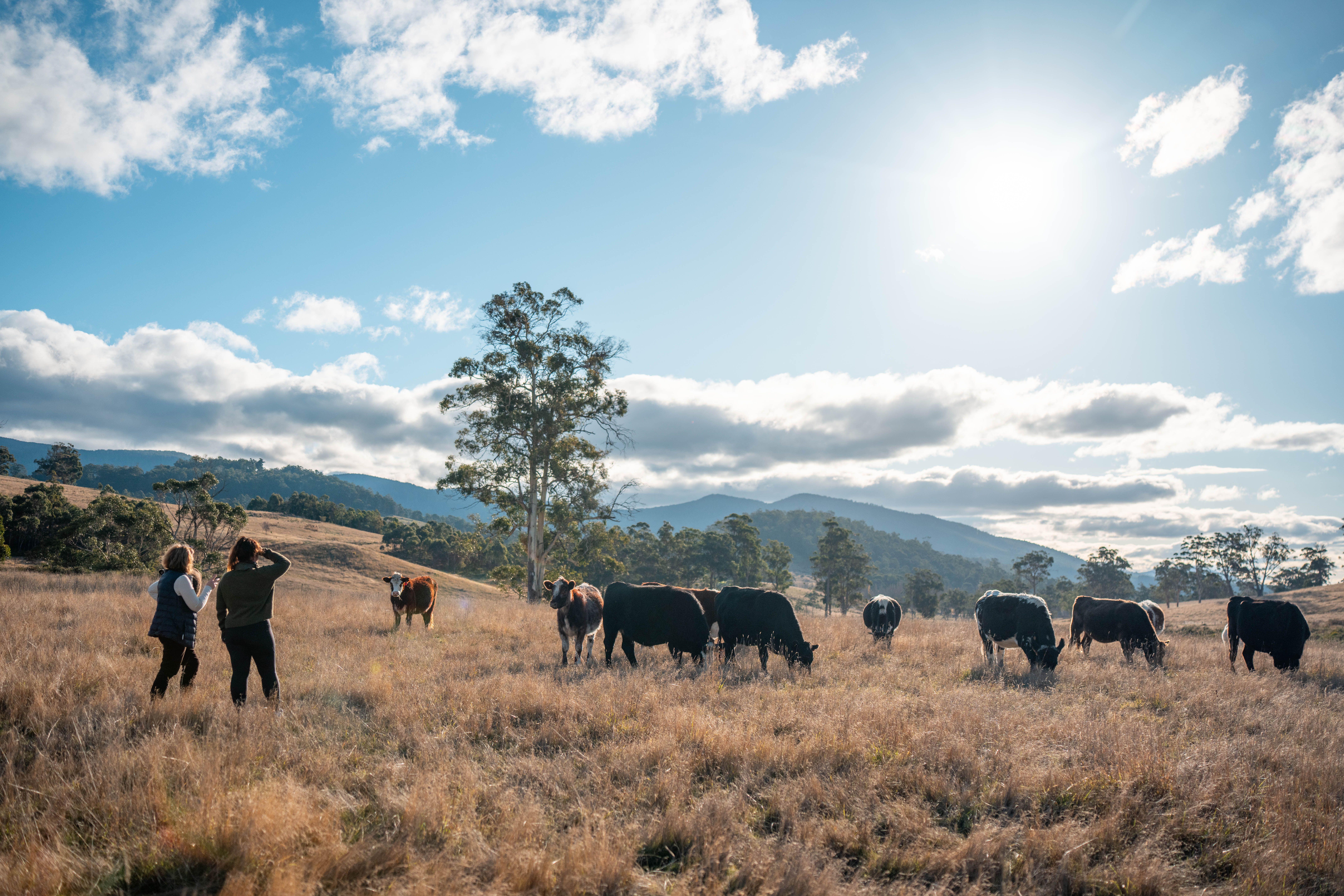 The Budget: What do we need to fix a broken countryside, and what will we get?
The Budget: What do we need to fix a broken countryside, and what will we get?With the Autumn Budget looming, countryside and heritage organisations reveal what they are hoping to hear to fix the turmoil — and what they are dreading
-
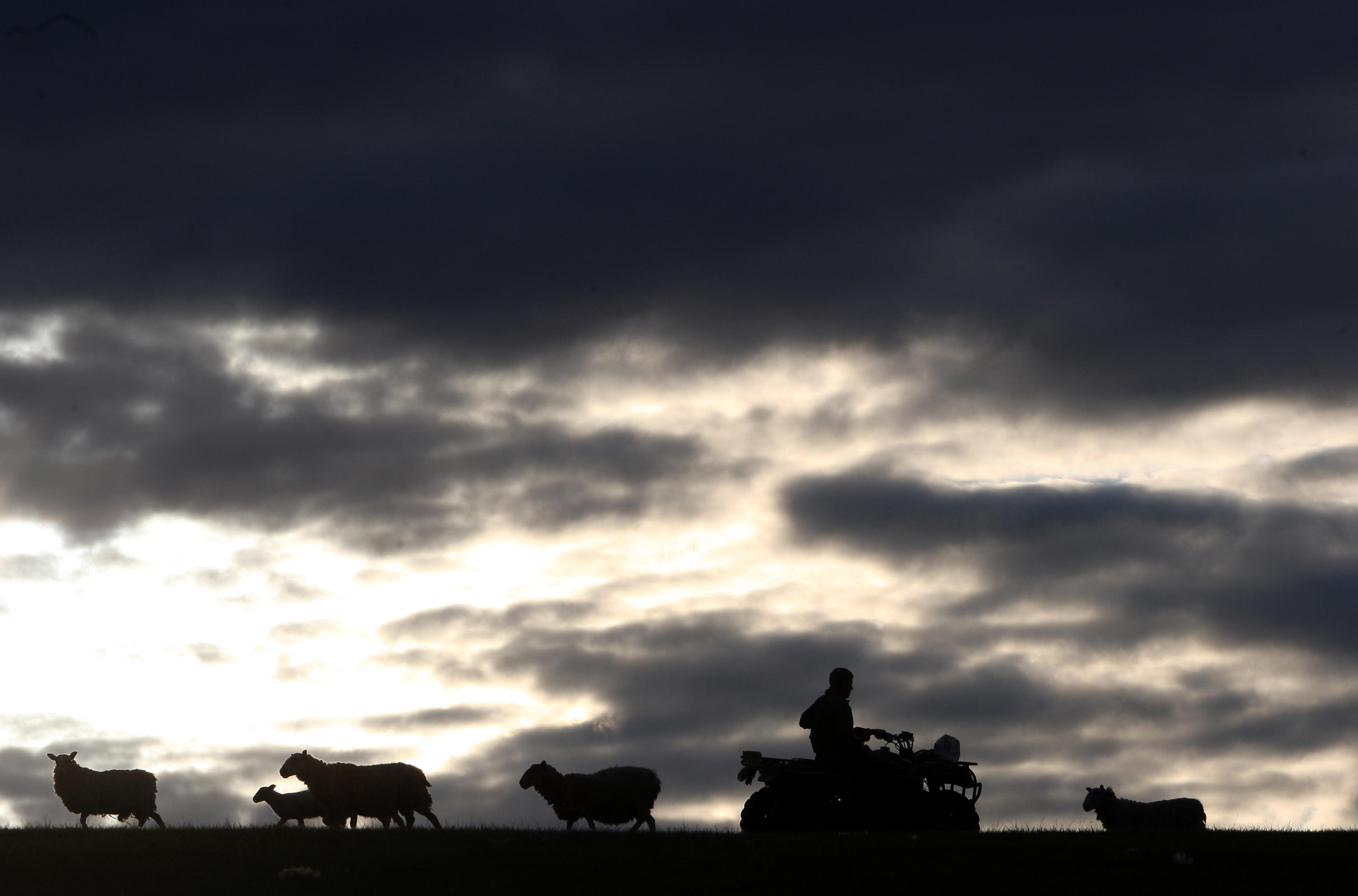 'I’m going to be the first in more than 100 years to sell anything off': How the upcoming budget uncertainty is impacting young farmers
'I’m going to be the first in more than 100 years to sell anything off': How the upcoming budget uncertainty is impacting young farmersChanges to inheritance tax, property relief and Defra budgets will likely change Britian's rural landscape. We ask the next generation of farmers what they think their future will look like.
-
 An unfenced existence: Philip Larkin's love of the countryside
An unfenced existence: Philip Larkin's love of the countrysideRichard Barnett pokes at Larkin’s protective carapace of soot-stained gloom and finds a writer with an unillusioned yet tenderly perceptive sense of Nature, in all its beauty and indifference
-
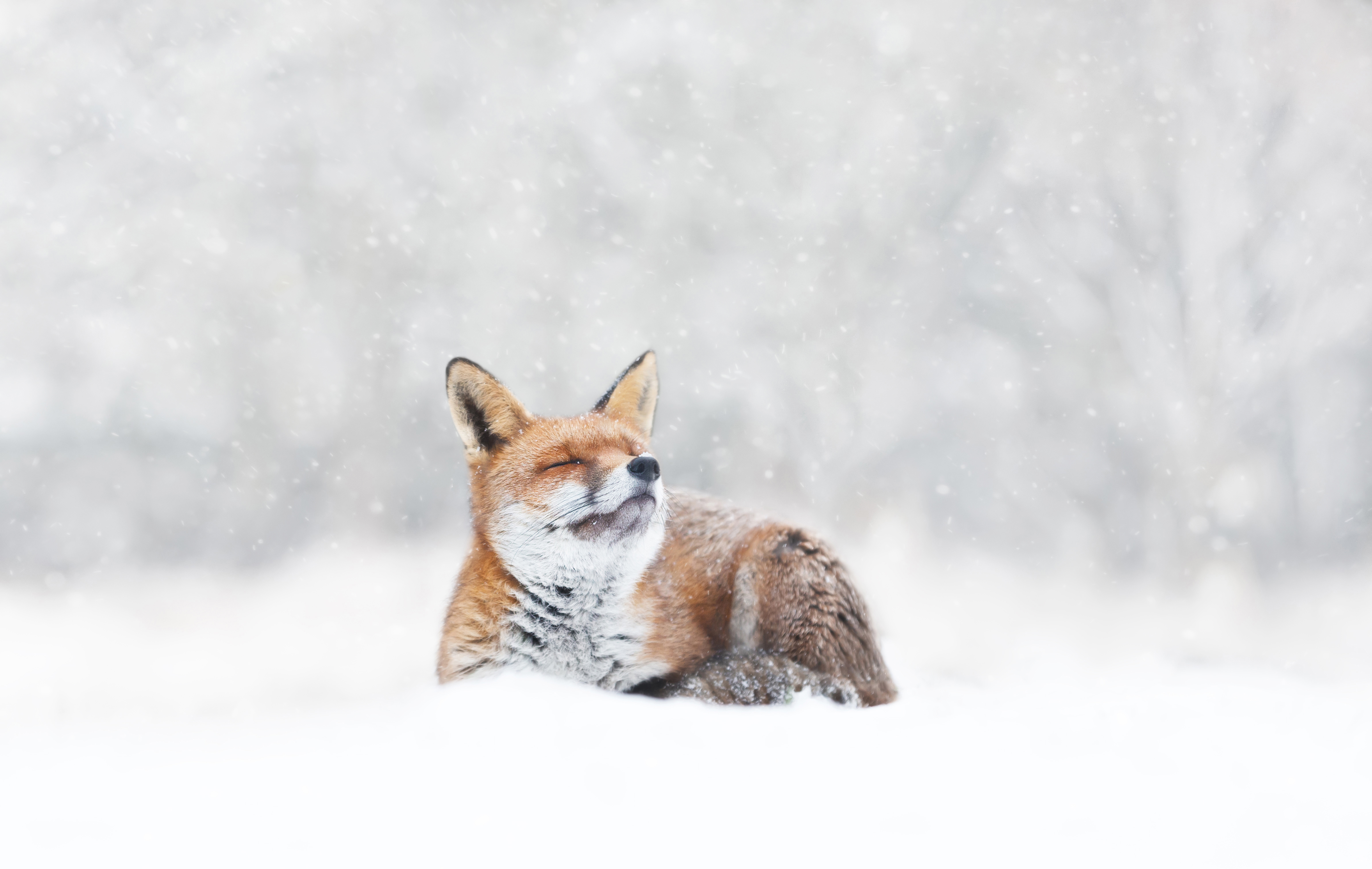 Baby, it’s cold outside (even if you have a natural fur coat): How our animals brave the winter chill
Baby, it’s cold outside (even if you have a natural fur coat): How our animals brave the winter chillWhen the temperature drops, how do Britain’s birds, beasts and plants keep the cold at bay? John Lewis-Stempel reveals Nature’s own thermals.
-
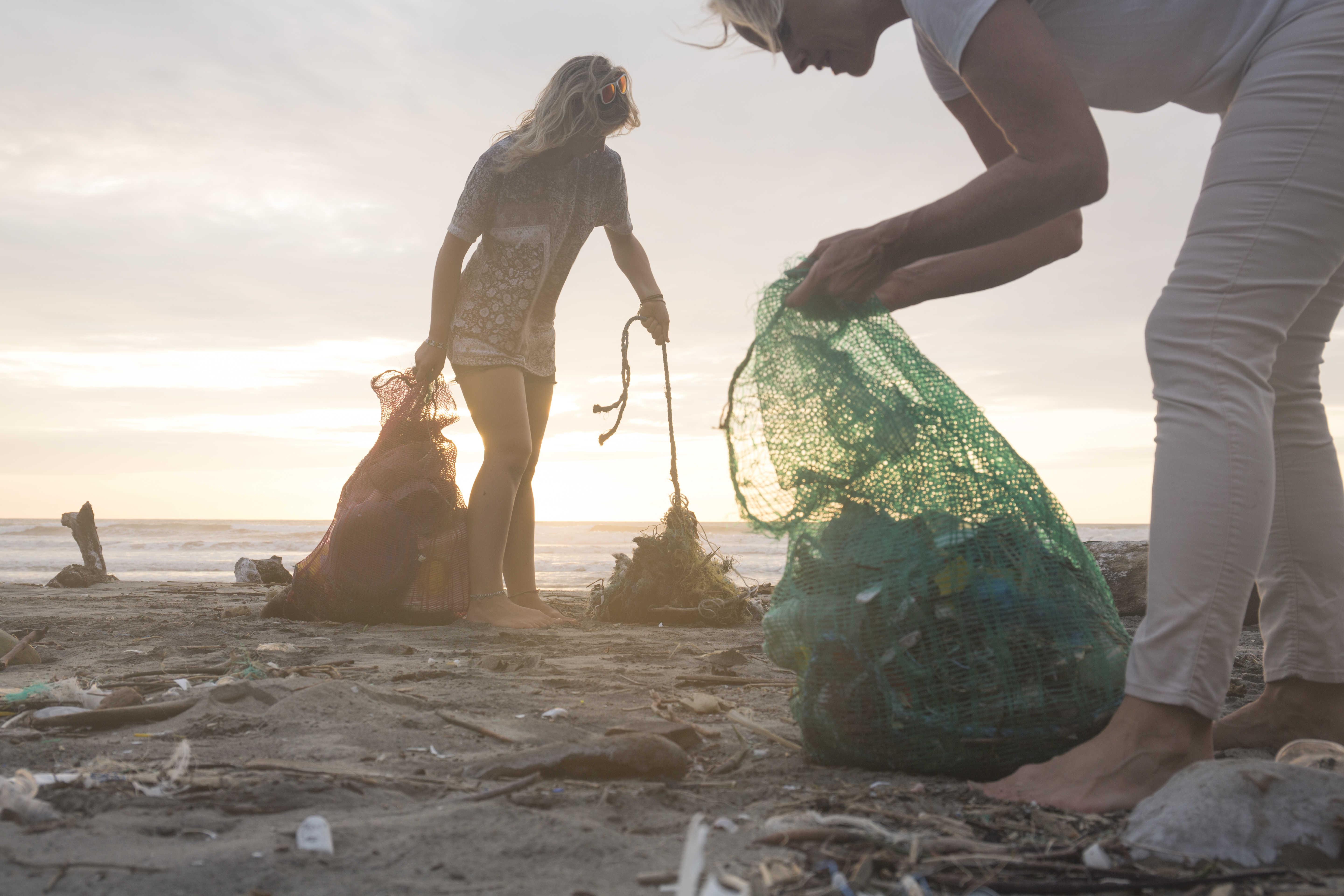 Retro rubbish: Waste from the 90s unearthed in 97-mile-long beach clean
Retro rubbish: Waste from the 90s unearthed in 97-mile-long beach cleanThe 6,482 volunteers unearthed waste discarded decades ago among the 232,229 pieces of litter recorded during the initiative.
-
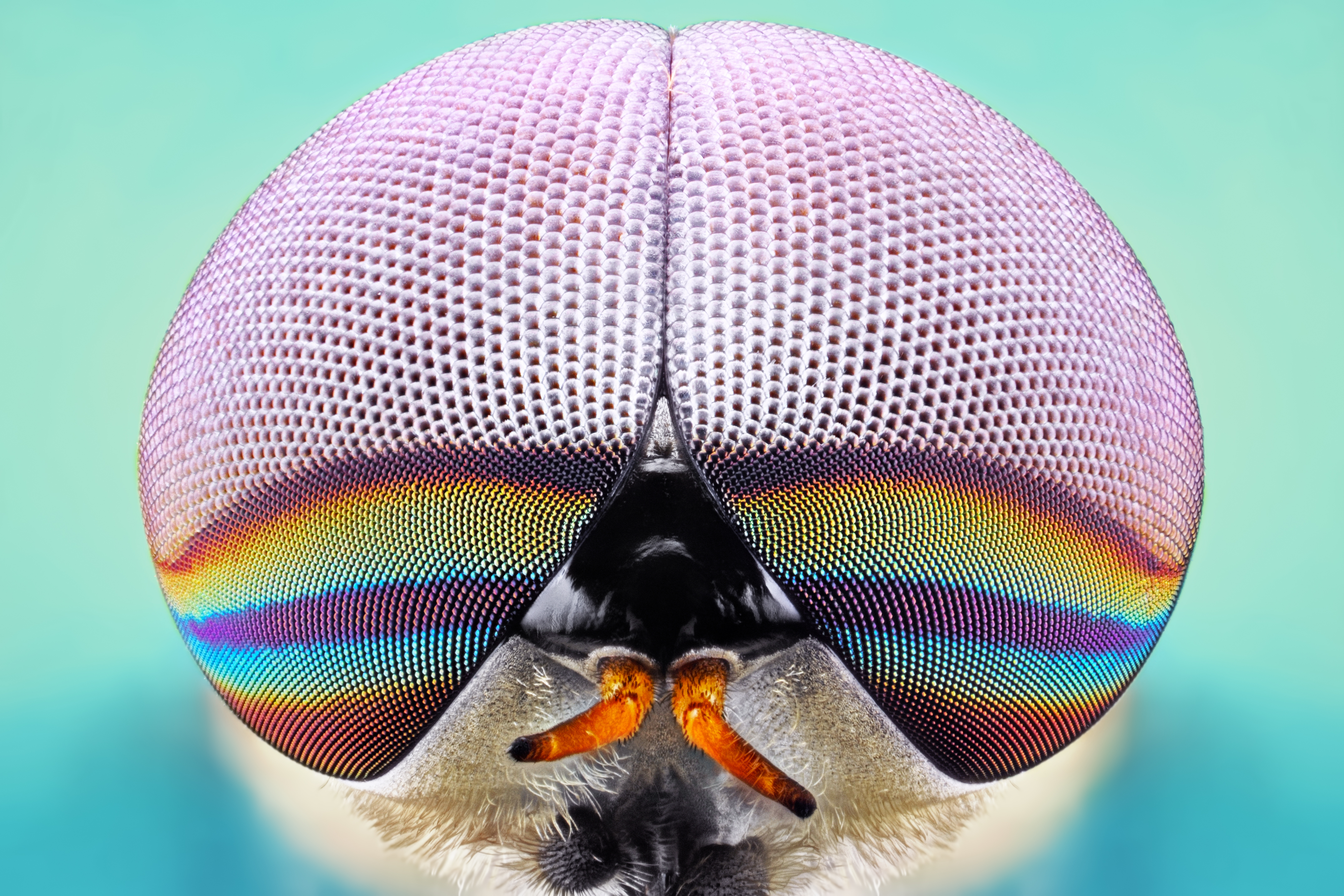 Dangerous beasts (and where to find them): Britain's animals that are best left alone
Dangerous beasts (and where to find them): Britain's animals that are best left aloneJohn Lewis-Stempel provides a miscellany of our otherwise benign land’s more fearsome critters.
-
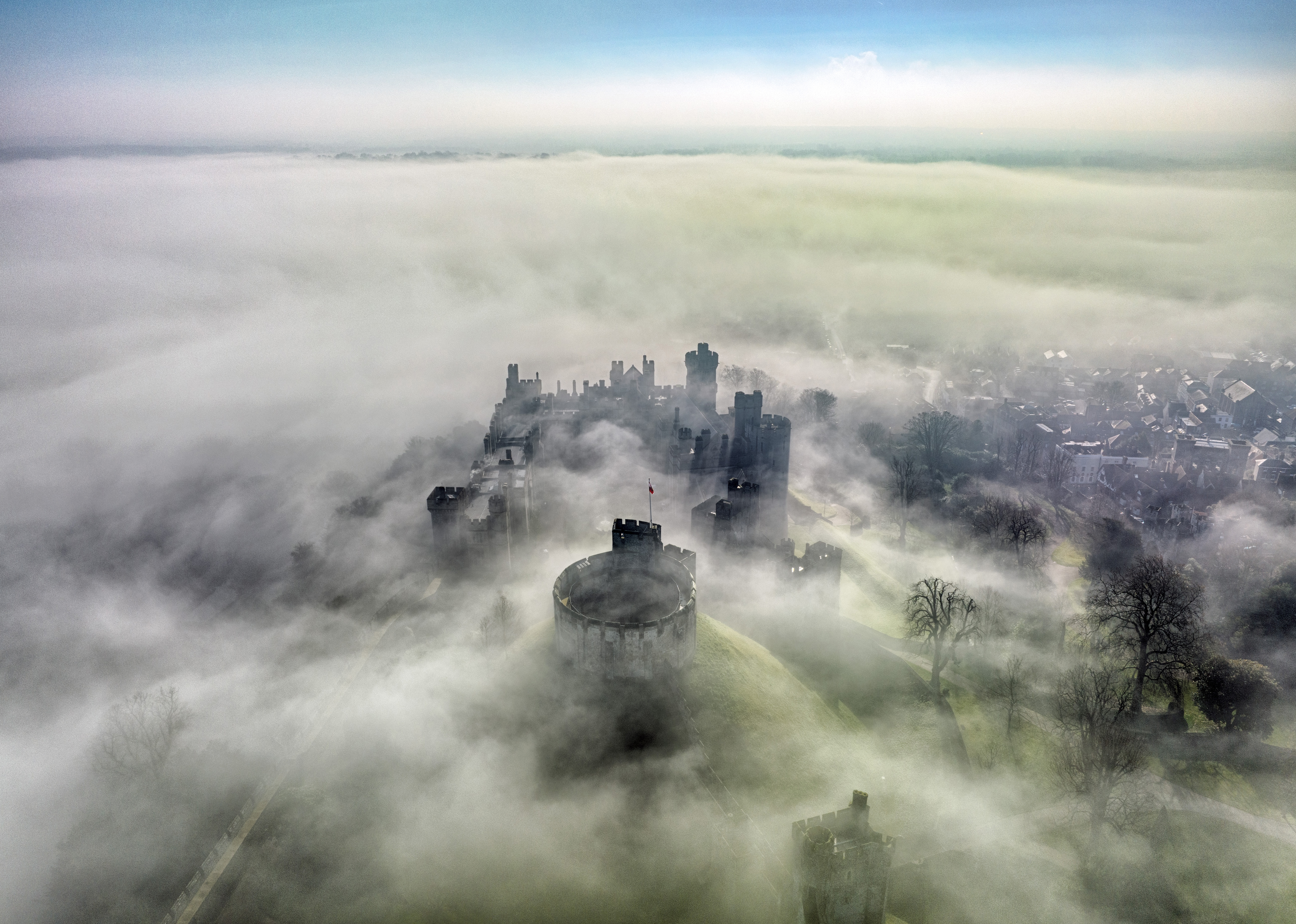 Mystery, muse and metaphor: There's more to fog than meets the eye
Mystery, muse and metaphor: There's more to fog than meets the eyeSmothering, transformative and beautiful, fog’s close-set shroud has inspired titans of literature, cinema and art — and forces the rest of us to look at the world a little closer.
